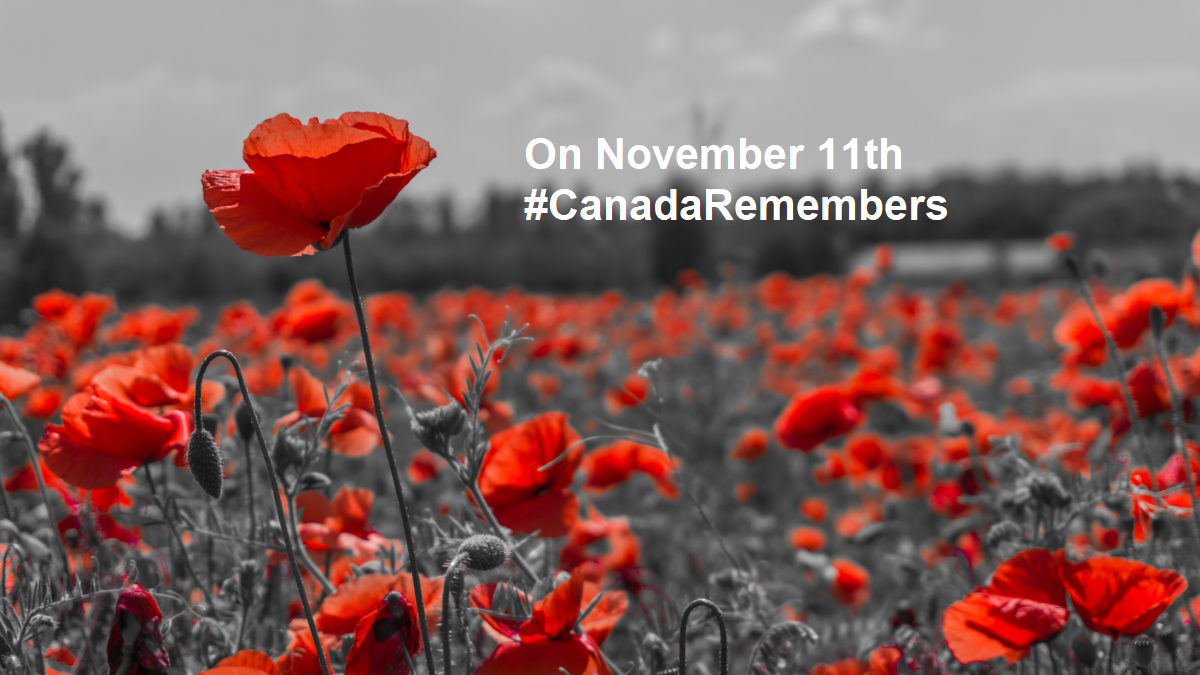Paying tribute to the CMHF Laureates who served and sacrificed for our country
2021 marks the 100th anniversary of the Remembrance Day Poppy in Canada. Inspired by CMHF Laureate John McCrae's "In Flanders Fields", Madame Anna Guérin, also known as "The Poppy Lady from France", had an idea: to adopt the distribution of the Poppy on Armistice Day as a way to raise money for Veterans' needs and to remember those who had given their lives during the First World War.
Today, Canadians from coast to coast will adorn a poppy and pause in remembrance and gratitude for those who offered their lives in service of this country. It is with great honour that we call out Canadian Medical Hall of Fame Laureates who have impacted the health and wellbeing of our nation on and off of the battlefield. We encourage you to learn more about these Laureates below.
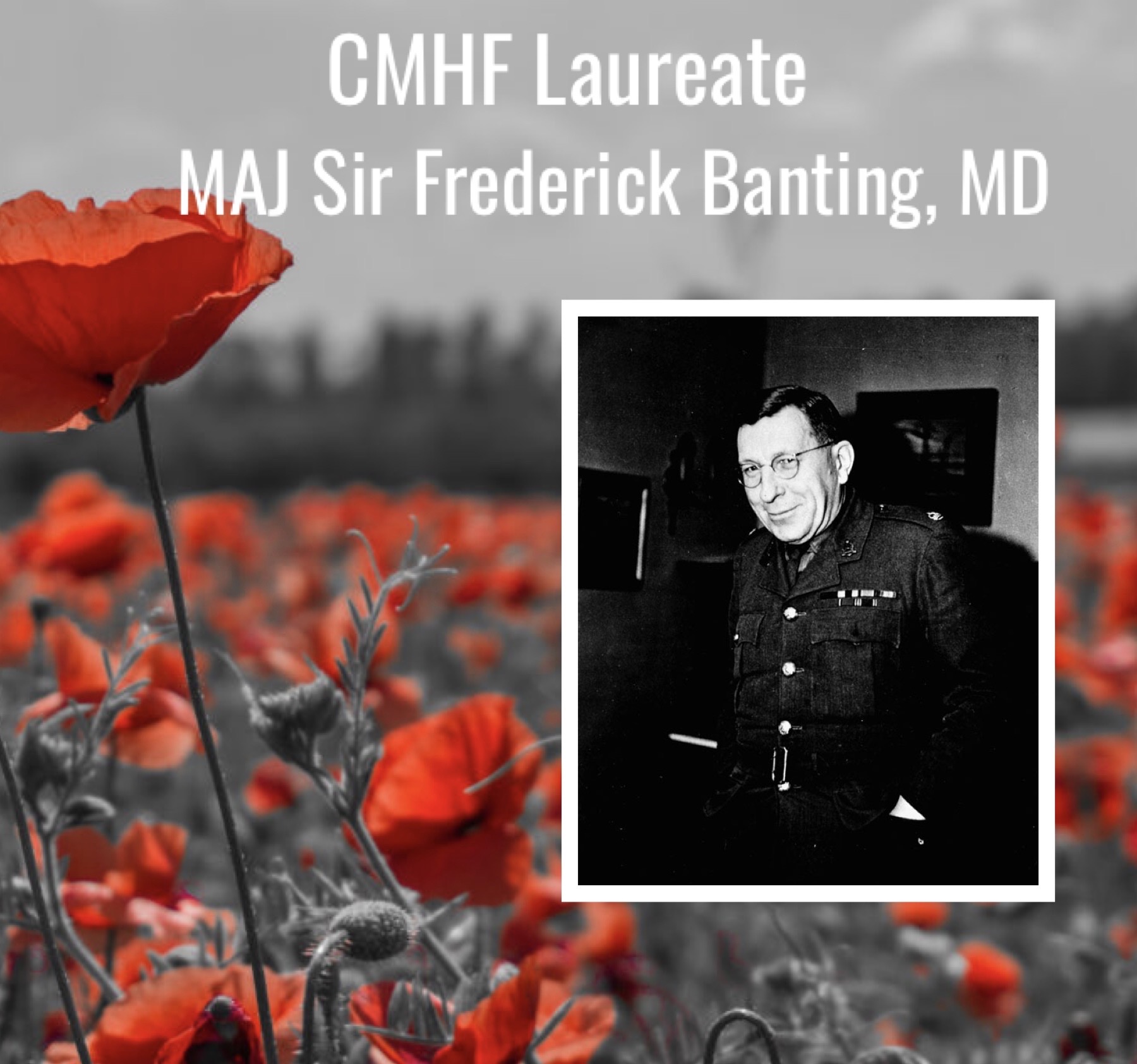 |
In the summer of 1918, Dr. Banting was sent to France as a battalion medical officer. His posting in France ended when he was wounded by shrapnel. Rather than evacuating as ordered, he remained on the front lines to help other soldiers. He received the Military Cross for his valour under fire. Banting insisted on serving in the Second World War just as he had in the First. He was promoted from Captain to the rank of Major. Rather than serve on the front lines, he was urged to continue his research on diverse projects such as treatments for mustard gas, anti-gravity suits and oxygen masks, and biological and chemical warfare. |
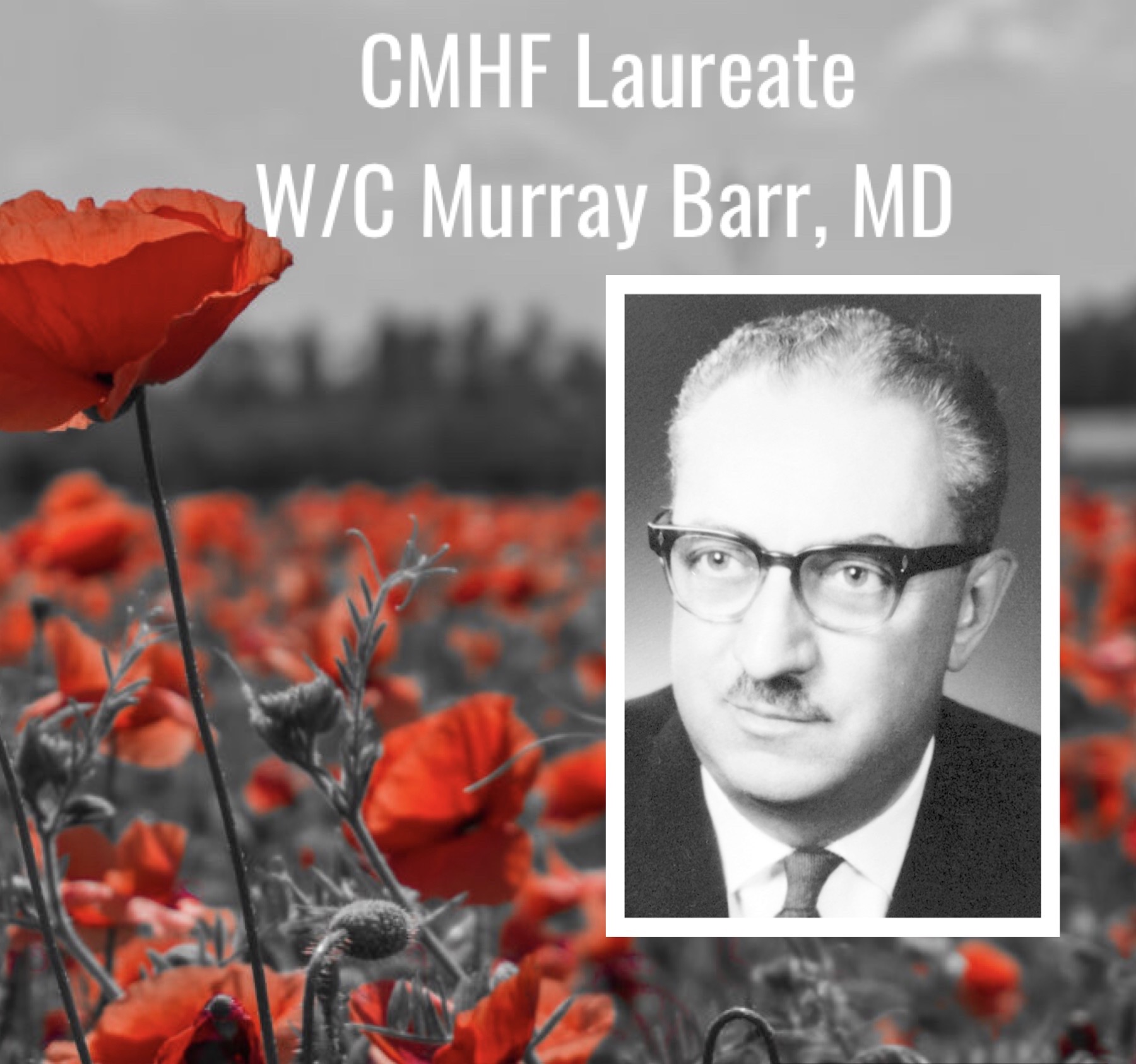 |
Dr. Barr discovered an important cell structure now known as the Barr body, which helped establish the discipline of genetics and created the foundation for human cytogenetics. From 1939 to 1945 Dr. Barr served as a distinguished Wing Commander with the Royal Canadian Air Force. |
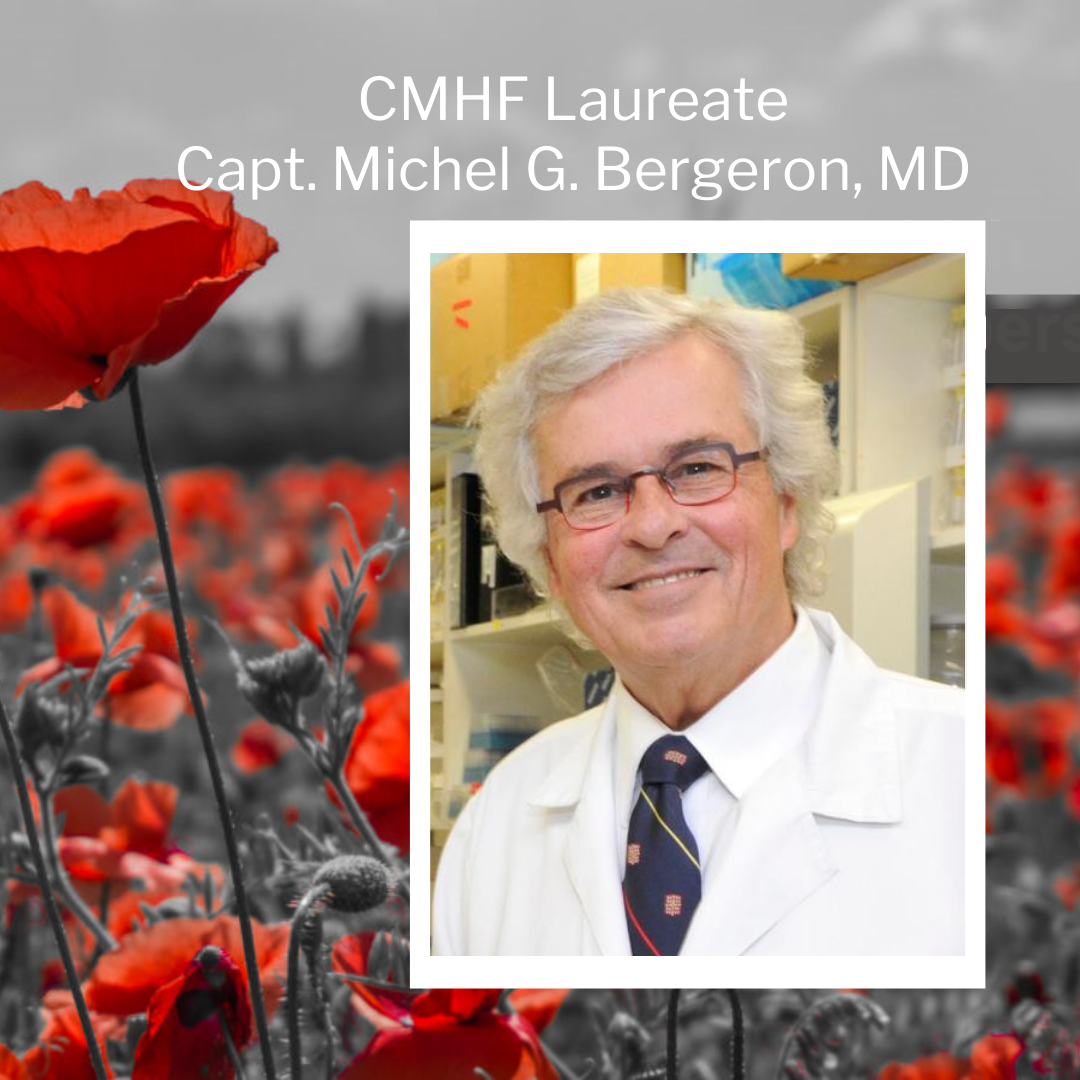 |
Visionary of diagnostic testing, Dr. Bergeron is a clinician scientist whose discoveries include preventing neonatal meningitis, controlling the dissemination of C. difficile and MRSA infections in hospitals, and the development of unique safe water molecular analytical technologies. With an early desire to help others, Dr. Bergeron served as a Captain in the Canadian Army in the Medical Corp (Reserve) in 1968. |
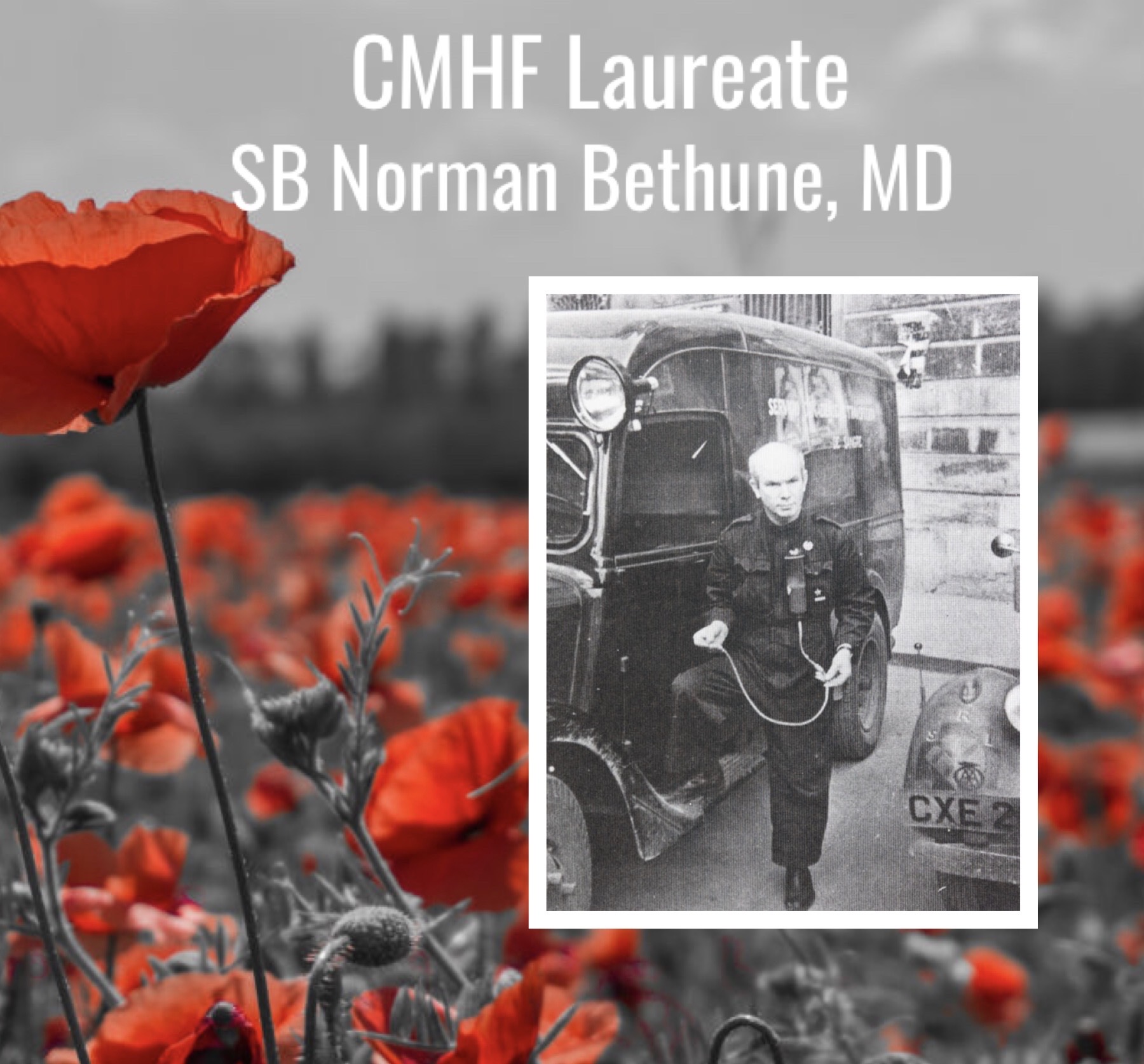 |
Norman Bethune served as a stretcher bearer in 1915, but soon returned due to an injury from a shrapnel shell explosion. Following graduation from medical school in 1916, he joined the Royal Navy as a lieutenant-surgeon to help the war effort. Dr. Bethune is most remembered as being the first to introduce the mobile blood bank to the battlefield, where he performed countless blood transfusions during the Spanish Civil War in the midst of heavy fighting. |
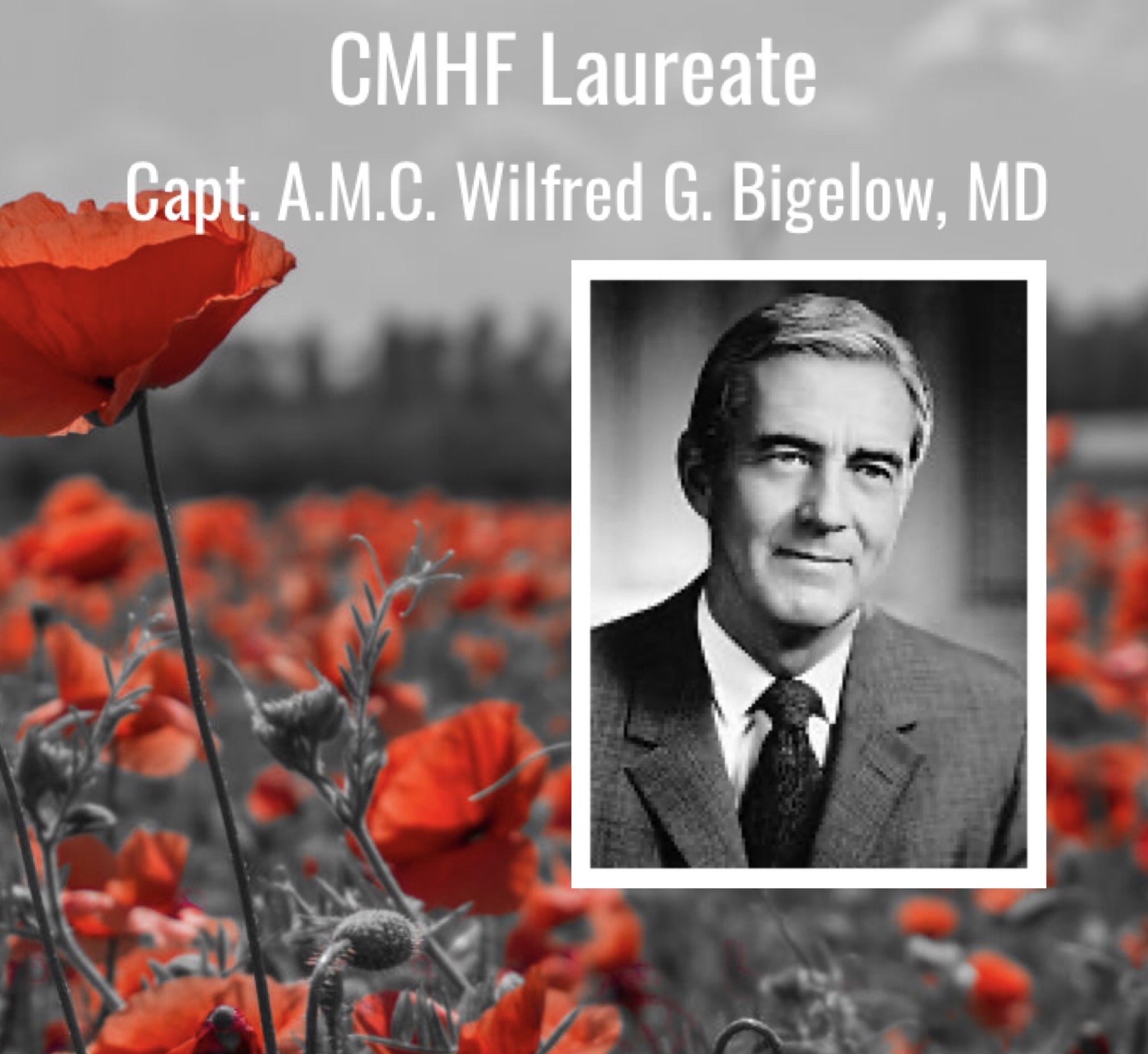 |
During World War II, Dr. Wilfred Bigelow served as a surgeon in casualty clearing stations. It was here that he first observed how hypothermia affects the body. After the war, Bigelow focused on cardiovascular surgery, using his war experience to develop the hypothermia technique, the idea of cooling the body into a hypothermic state before surgery to reduce the amount of oxygen needed. This discovery significantly minimized the risk of heart and brain damage and gave surgeons a clearer field of vision. |
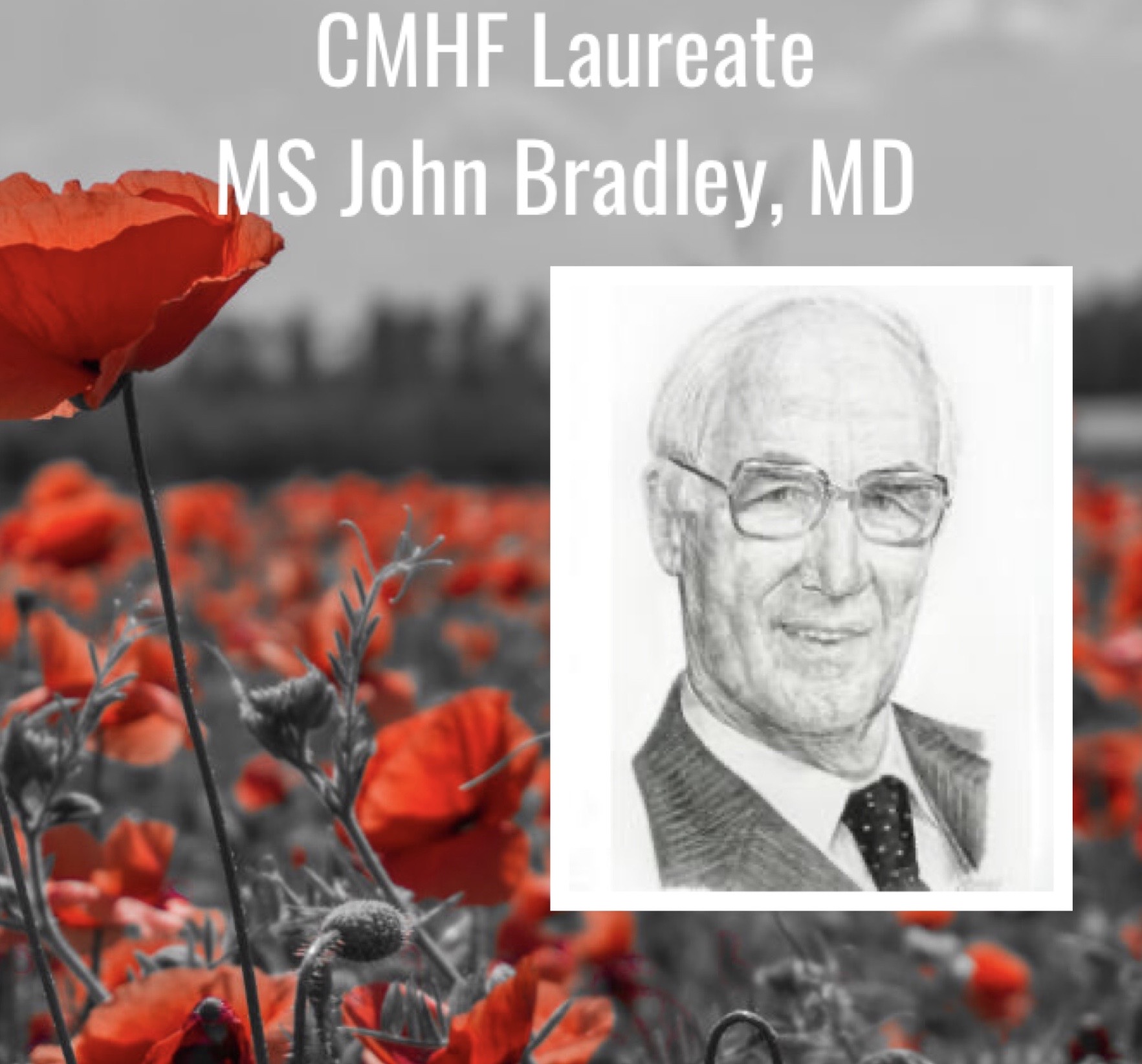 |
During the Second World War, Dr. Bradley served in the Medical Branch of the Royal Canadian Air Force for three-and-a-half years. Following the War, Dr. Bradley returned to Alberta and co-founded the Wainright Medical Clinic, where he practiced medicine until 1960. In 1977 Dr. Bradley was was appointed Special Advisor on Medical Research. Alongside Premier Peter Lougheed, Bradley established the Alberta Heritage Foundation for Medical Research. |
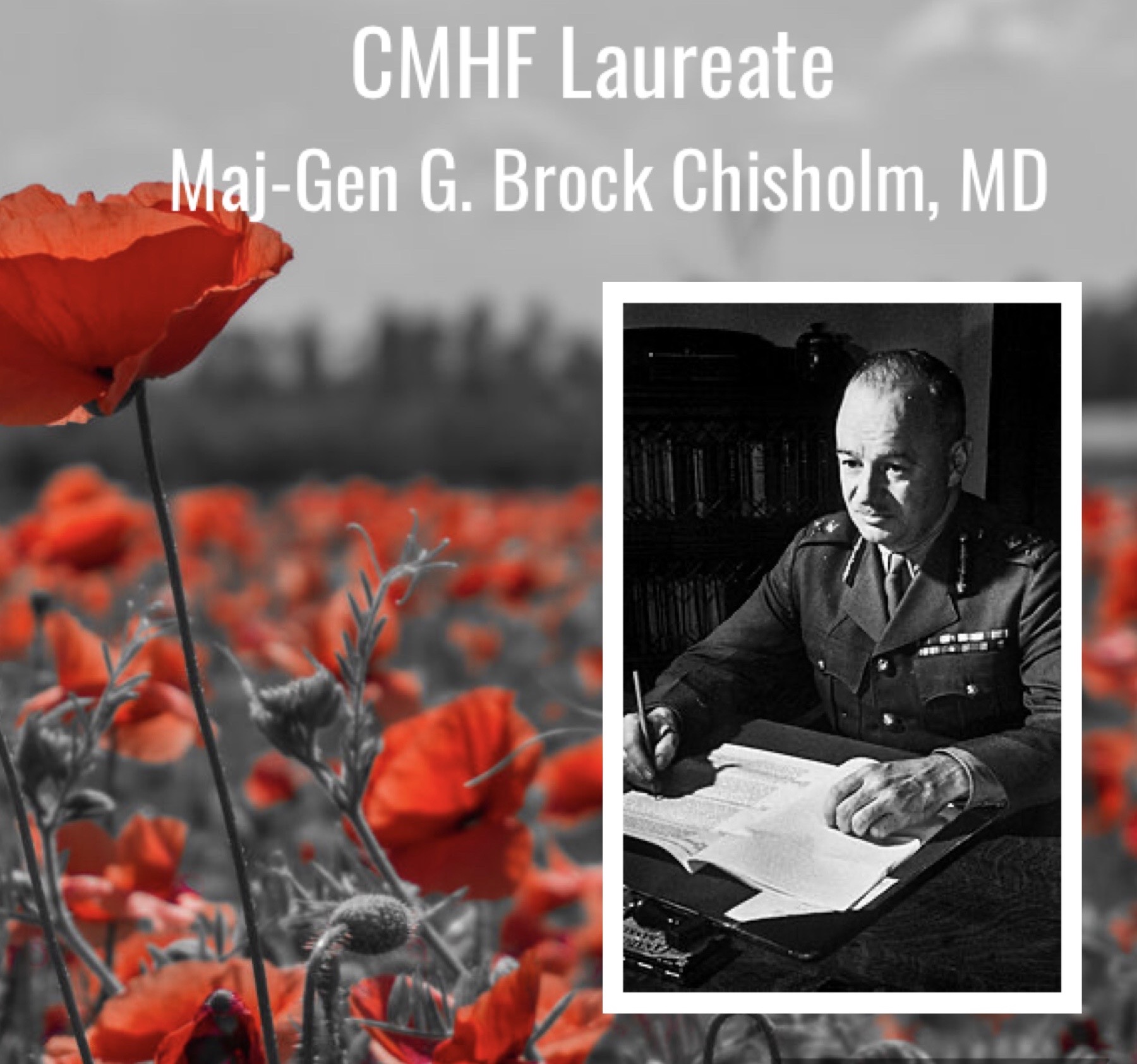 |
During the Second World War, Dr. Chisholm served as Director General of Medical Services, the Canadian Army’s highest ranking medical position. in 1941, Dr. Chisholm became the Canadian Army’s Director of Personnel Selection and introduced mental health as a component of recruitment and management. In 1948 he became "Doctor to the World" when appointed as the first Director General of the World Health Organization (WHO). |
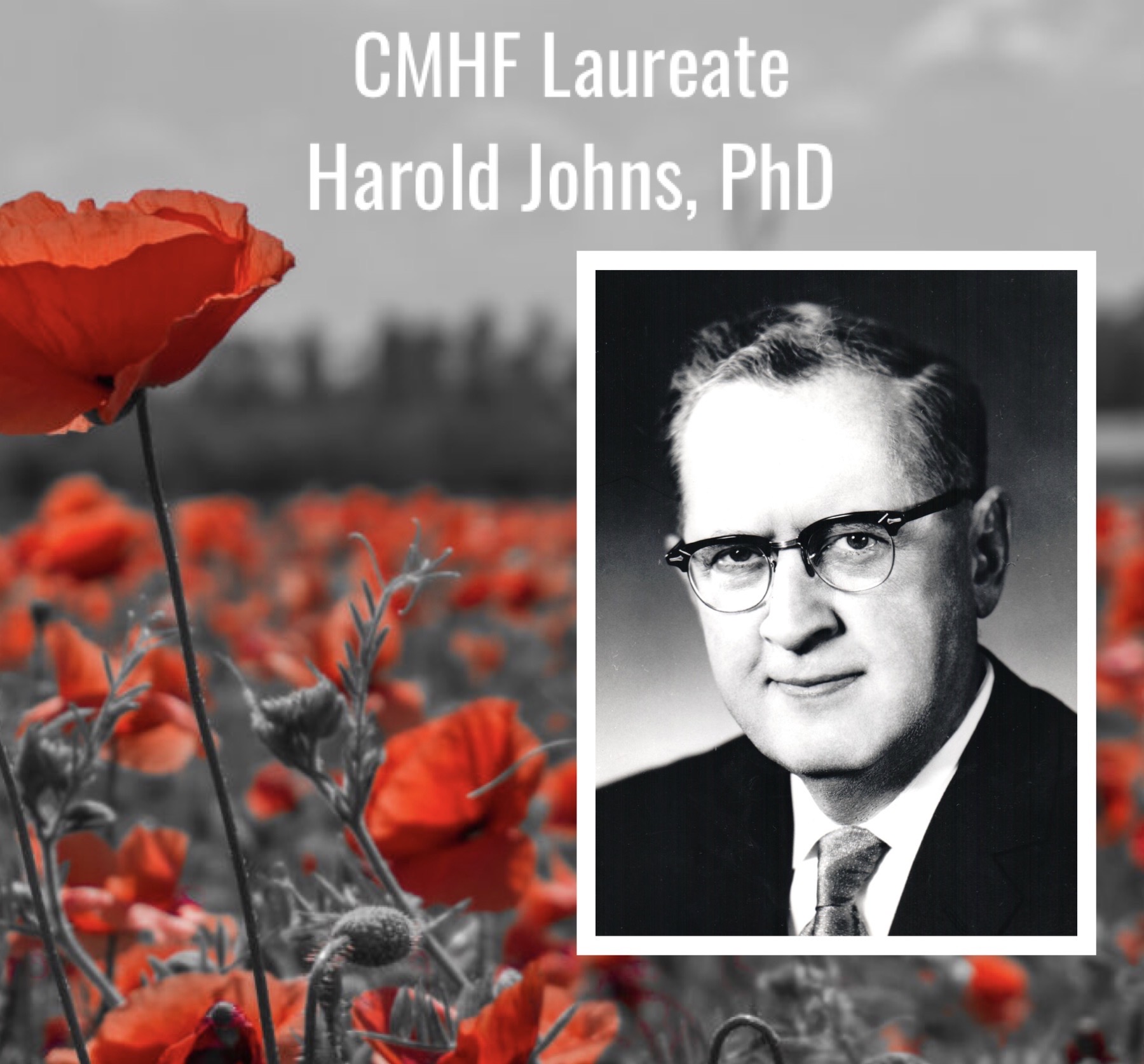 |
During the Second World War, Harold Johns trained commonwealth air force pilots in radar and radiology. Following the War, Dr. Johns was invited to join the University of Saskatchewan, where he and his team made history with his innovative device the Cobalt-60 Beam Therapy Unit in 1951. The treatment had an immediate impact on the survival rates of a number of cancers, particularly cervical cancer. |
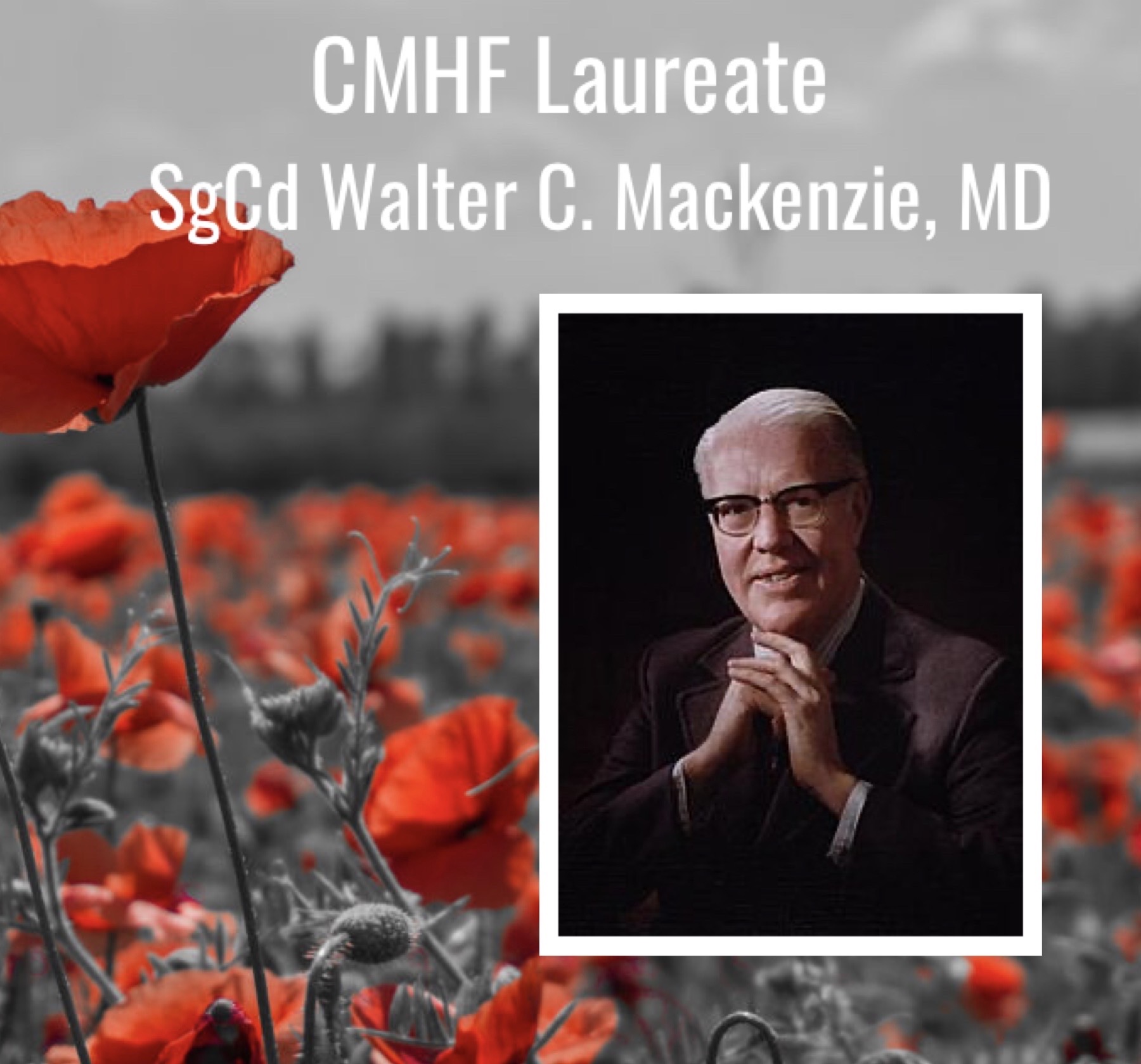 |
A short twelve months after opening, Dr. Mackenzie's surgical practice was interrupted by the outbreak of the Second World War. At this time, he joined the Royal Canadian Navy and was rapidly promoted to Surgeon-Commander. When the war ended, he had received a Star Medal, the CVSM Medal, War Medal, and a Defense Medal for his service to Canada. Finding his home at the University of Alberta, Dr. Mackenzie went on to build robust medicine and surgical programs and assumed tremendous leadership in medical education. |
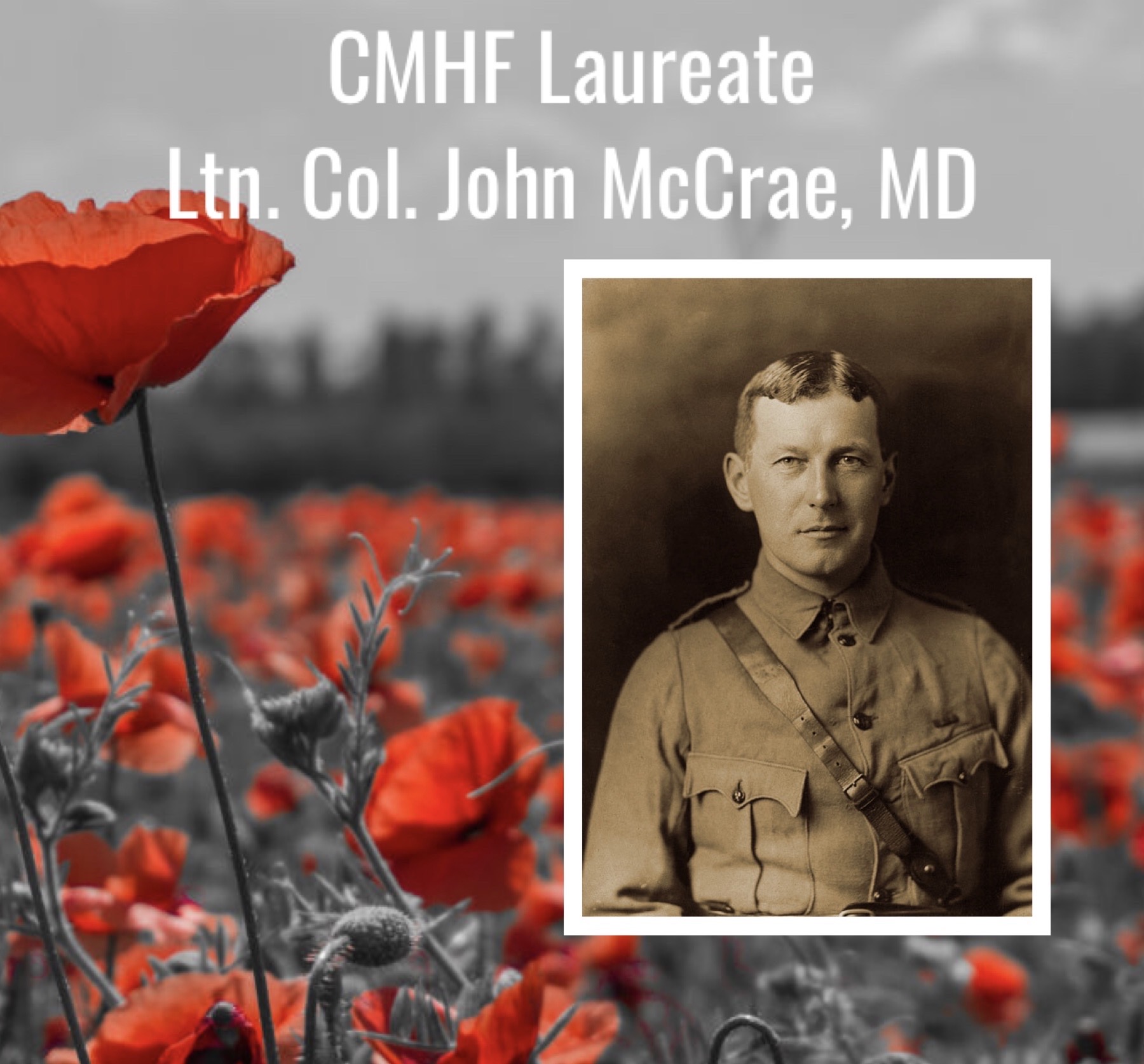 |
In the First World War, Lt. Col McCrae served as the chief medical officer of the No. 3 Canadian General Hospital and later, was the first Canadian to be chosen as consulting physician to the British Army. Dr. McCrae was an inspirational leader who advanced our understanding of tuberculosis, scarlet fever, nephritis, and lobar pneumonia. John McCrae is best remembered as the author of In Flanders Fields, the most recognizable poem of the First World War. Through his poetry, he ensured that future generations would never forget the sacrifice of those who did not make it home. |
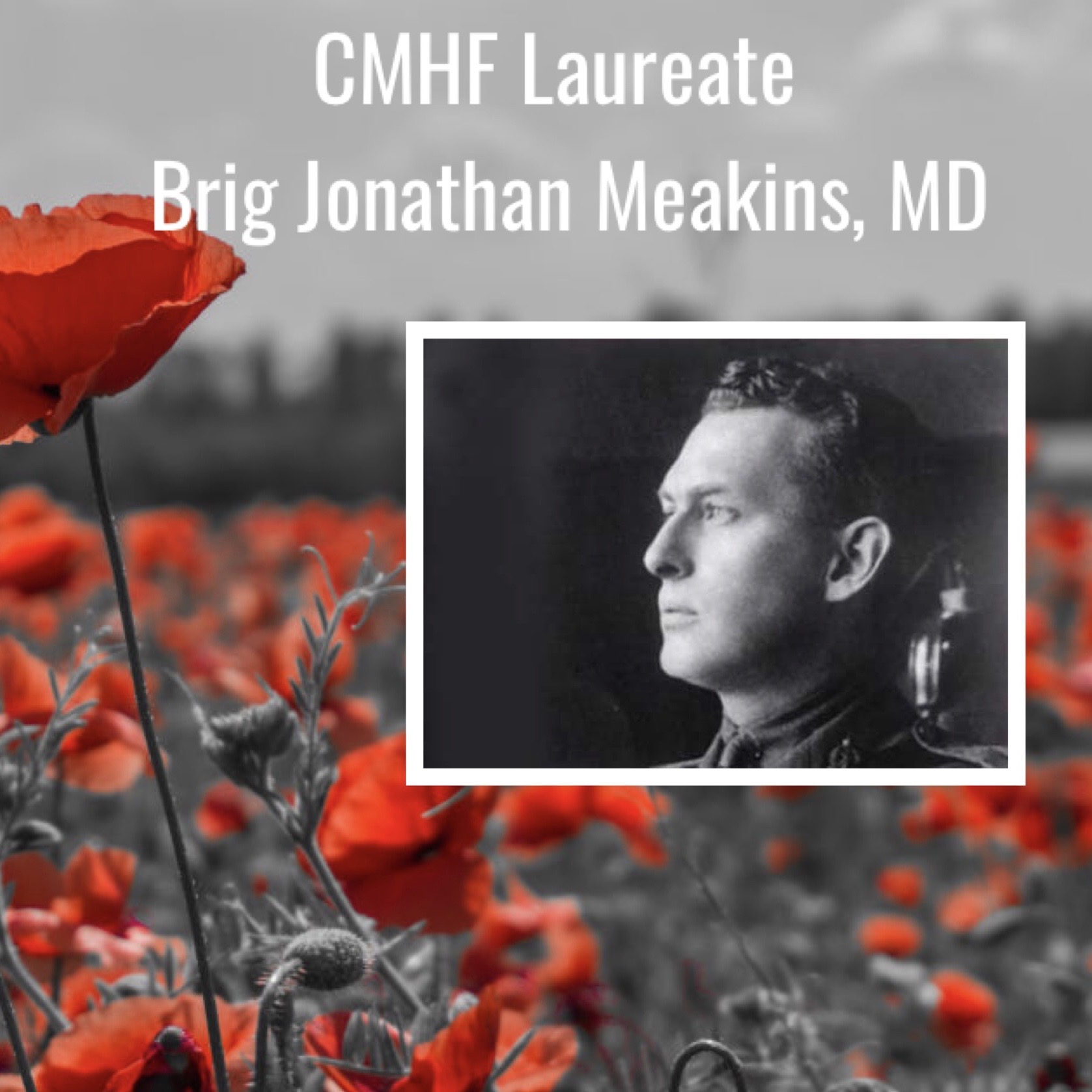 |
During World War I, Dr. Meakins served in the Canadian Medical Army Corps while studying gas poisoning and Soldier’s Heart, now known as post traumatic stress disorder (PTSD). Returning to service during WWII, Dr. Meakins became Deputy Director of the Canadian Medical services with the rank of brigadier. Appointed as the first full-time professor of medicine at McGill, Dr. Meakins' advocacy of clinical research served as a catalyst for the rising prestige of academic medicine. |
About the CMHF
The Canadian Medical Hall of Fame (CMHF) celebrates Canadian heroes whose work advances health in Canada and the world, fostering future generations of health professionals through the delivery of local and national youth education programs and awards.
This enduring tribute to our country’s rich medical history is showcased here and in our physical exhibit hall in London, ON



